2023 Hindsight: 7 things Cowboys should’ve done differently

The Dallas Cowboys had another good year, by many teams’ standards. They won the NFC East, taking it away from the hated Philadelphia Eagles, won 12 games for the third straight campaign, and were undefeated at home during the regular season.
Unfortunately, that wasn’t enough to satisfy anyone involved with the franchise following their unceremonious elimination by the Green Bay Packers. Owner Jerry Jones was in shock after the wild-card loss, the players were frustrated, and the fans may have handled it worse than anyone actually involved in the product. It’s not easy being a Cowboys fan these days; the team annually provides hope before pulling the rug out from underneath yet again.
The Cowboys aren’t judged by regular season results. They’re remembered by playoff success. The legacy that star pass rusher Micah Parsons talked about never materialized and it was another early exit from the postseason. Good enough doesn’t get it done and there are things the Cowboys could have done differently to make a run at a Super Bowl.
Here are seven things the Cowboys could’ve done differently in 2023 to give themselves a better shot at Super Bowl.
They could've made a better coaching hire
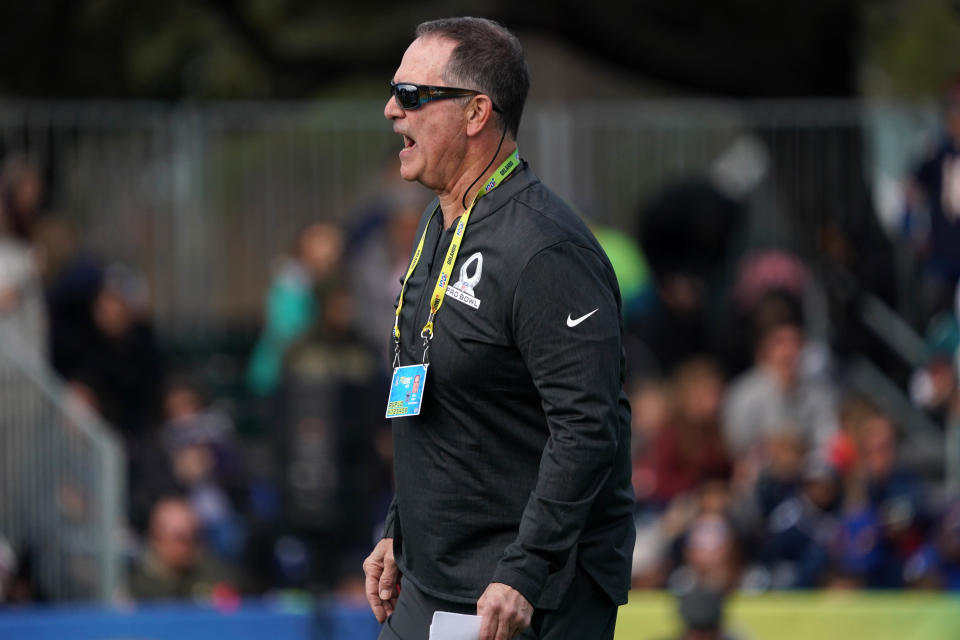
After falling short last year, the Cowboys made a few shakeups on their coaching staff. Mike McCarthy took on the responsibility as the play caller and looked to incorporate more West Coast principles into the passing game. Kellen Moore left as offensive coordinator and Brian Schottenheimer was named in his place.
The changes to the scheme went well after early struggles, but the offensive line had continued issues running the ball. Veteran offensive line coach Mike Solari was brought in by McCarthy in February, but things never seemed to fit.
Th change from being a predominantly outside zone team to one that mixed in multiple blocking schemes while focusing on inside zone did not take.
Dallas had three All-Pro offensive linemen, yet the unit couldn’t muster a consistent running game. Running back Tony Pollard came back on the franchise tag and off a fractured leg, but he didn’t have the same type of impact he’s had in recent years.
In total, the Cowboys could barely muster over four yards a carry and lacked explosion. Too often the big plays came out of the passing game and the rushing attack never took off.
It was also an offensive line that had issues in pass protection. Right tackle Terence Steele had a massive regression under Solari, although some of his struggles can be attributed to his first year back off an ACL injury.
There were changes that worked for McCarthy, but hiring Solari wasn’t one of them.
They could've drafted better
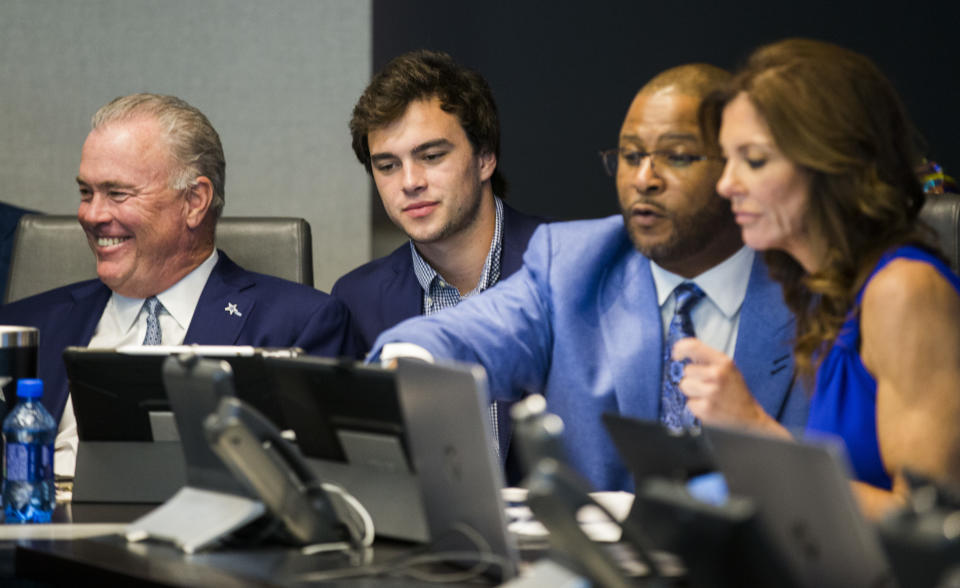
The Cowboys are considered to be among the top of the league when it comes to the drafting, but they swung and missed this past April.
It’s too early to call the draft a bust, but the eight members of the class hardly made an impact this year. The first two selections were highly questioned at the time and remain head scratchers nine months later.
The first and second-round picks were particularly bad as rookies. Defensive tackle Mazi Smith and tight end Luke Schoonmaker weren’t difference makers, or starters, which is what teams should expect from their first two picks.
To make things look even worse, second-year tight end Jake Ferguson was primed to take over and become a big-time play maker, but the Cowboys saw fit to draft Schoonmaker early.
While most Cowboys followers were hoping for the team to draft another building block on the offensive line or at wide receiver with one of their first two picks, the team neglected both positions. Two of the possible targets that were high on the list for fans were offensive linemen Steve Avila and O’Cyrus Torrence. Both players selected after the Cowboys’ picks at 26 and 58, were named to the All-rookie team according to most league insiders.
The LA Rams have 4⃣ players in the #NFL 2023 All-Rookie Team, joint most alongside the Lions.
🏅WR Puka Nacua
🏅OG Steve Avila
🏅Edge Byron Young
🏅DT Kobie TurnerWell deserved. Big futures in the league pending👏#RamsHouse pic.twitter.com/9tD61iQOp5
— Mob Squad (@MobSquad_app) January 21, 2024
Syracuse offensive tackle Matthew Bergeron, who was the other option the team was considering in the first round, would’ve helped.
Star rookie receivers who the Cowboys passed up included Tank Dell, who was drafted by the Houston Texans, and Josh Downs, selected by the Indianapolis Colts. These players could’ve had a bigger impact on the season and in the future moreso than the players the team selected.
The team took too long to feature CeeDee Lamb
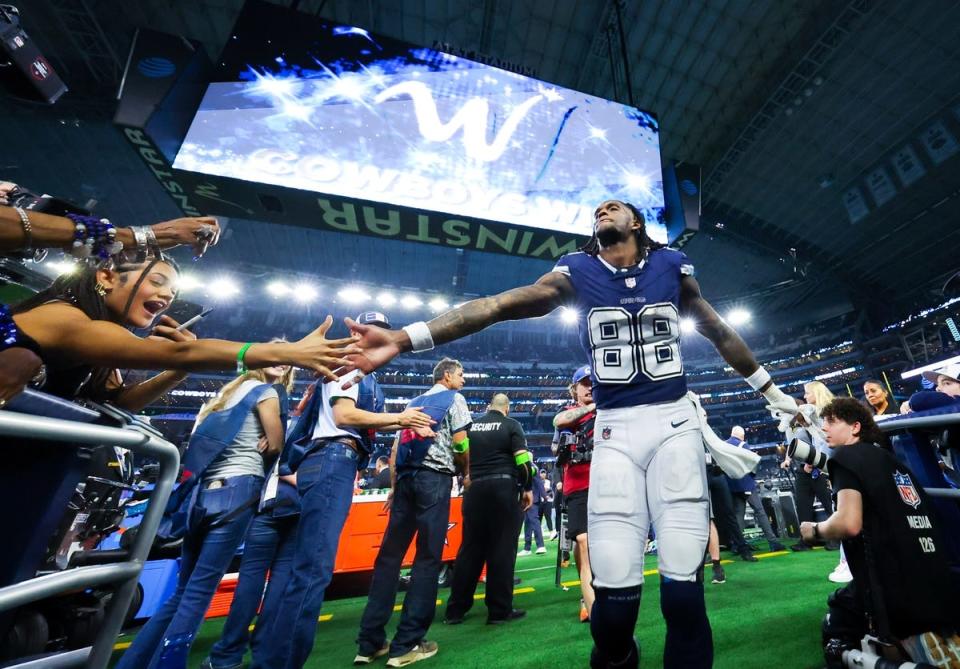
The best season ever for a Cowboys wide receiver almost never happened. After a slow start to the year for Lamb, who was coming off an All-Pro 2022 campaign, McCarthy had to be reminded of just what kind of weapon he had in the fourth-year WR out of Oklahoma.
Lamb had double-digit targets just once and averaged only seven looks per game in the first five weeks of the season before everything changed. Through the first five games, Lamb had just one 100-yard outing and one lonely touchdown in getting off to a slow start.
The Week 5 loss to the San Francisco 49ers turned everything around as Lamb and McCarthy’s heart-to-heart led to the offense flowing through its best player. Starting in Week 6, Lamb looked like the best WR in the league for the remainder of the 2023 campaign.
Over his final 12 games, Lamb had seven 100-yard games and 13 total scores on his way to breaking the franchise record for catches and yards in a season.
CeeDee Lamb now holds the Cowboys' single-season record for receptions (122) & receiving yards (1,651). ⭐ pic.twitter.com/eGToOVy1jx
— Sunday Night Football on NBC (@SNFonNBC) January 3, 2024
The offense took off when Lamb got more involved, which should have happened from Week 1. If McCarthy was giving his stud WR more opportunities early in the year, perhaps the Cowboys don’t lose two games before their bye week. It’s never smart to waste your best players talents and it took too long to figure that out.
They could've been aggressive at the trade deadline
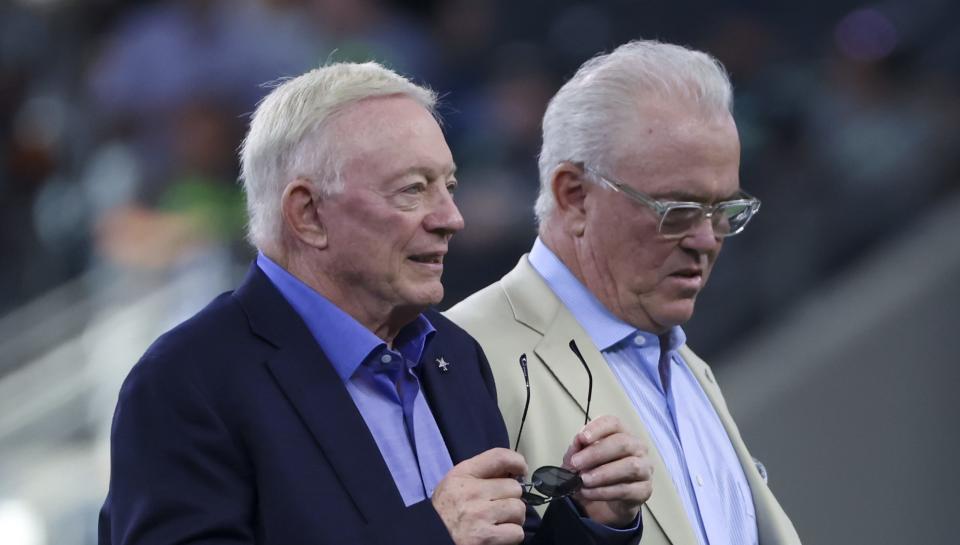
Jones loves to fancy himself as one of the bigger risk takers in the league, and he has made some big splashes during the middle of the season, before. But he failed to give his team a boost this year. It’s curious as to why Jones didn’t pull the trigger since some of his deals have paid off recently, such as the trades for wide receiver Amari Cooper and defensive tackle Johnathan Hankins.
Dallas was a good team, but they were shorthanded at cornerback and linebacker, and the team stood pat at the trade deadline.
When starting LB Leighton Vander Esch went down, the defense was woefully thin at the position and despite some solid play by converted safety Markquese Bell, the Cowboys needed help. The team didn’t have to make a huge splash, but trading for anyone who could provide support on the second level would have been a welcomed addition. Bell and Clark did admirable jobs, but more was needed.
Cornerback was another place that could’ve used an upgrade. Things worked out well for the most part with CBs DaRon Bland, Stephon Gilmore, and the re-emergence of Jourdan Lewis late in the year, but it always felt like the defense was a CB short. Bland had an All-Pro year and Gilmore was solid, but the Cowboys needed another young, athletic CB to play the way coordinator Dan Quinn wanted, and when CB Trevon Diggs was lost for the season, Quinn lost some of what he wanted to do.
Rumors had the Cowboys checking on CBs available at the deadline, most notably Chicago Bears CB Jaylon Johnson, but the price was too high to make a move.
In a year where the Cowboys had everything going in the right direction, failing to trade for a LB, CB, or any other piece, to help them get over the hump seems like a mistake.
They should've let Dak Prescott cook a lot earlier
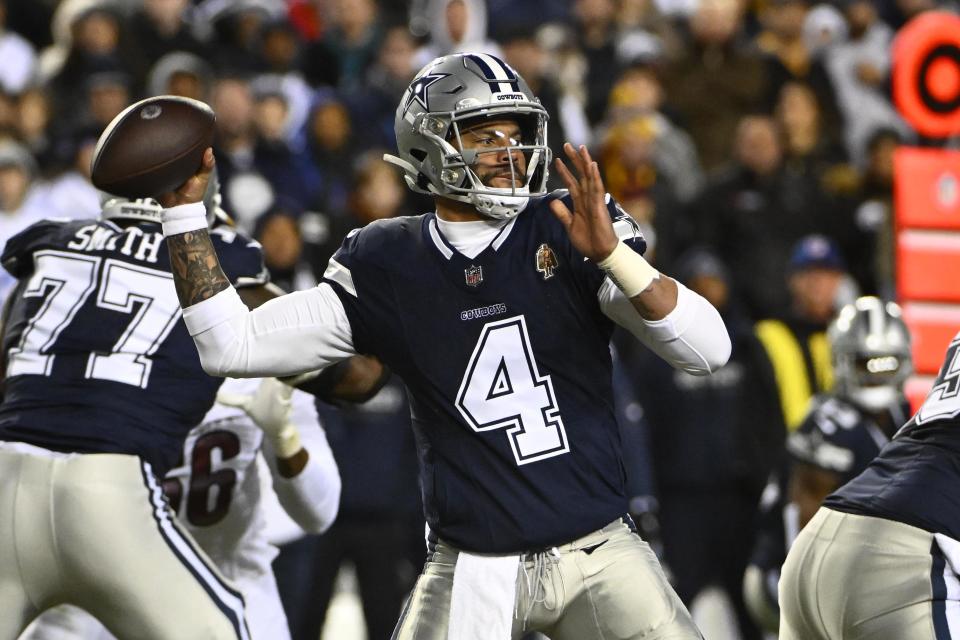
The Cowboys wound up with the highest scoring offense in the NFL and once again fielded one of the best offenses in the league. However, it didn’t start that way. Despite blowing teams out early in the year, the offense was anything but perfect.
Dallas was having trouble throwing the ball or creating explosive plays, while also struggling mightily in the red zone. The wasted trips inside the 20-yard line were partly because the offense was trying to run the ball too much and the passing game hadn’t gotten going. Through the first five weeks of the season, the Cowboys were among the bottom five offenses in redzone efficiency, and something needed to change. The loss to the Arizona Cardinals was particularly eye-opening as the team went just 1-5 when they got inside the Cardinals’ 20-yard line and failed to capitalize in a 28-16 loss.
Things began to perk up when McCarthy entrusted Prescott to throw the ball more, especially in the red zone. Prescott finished the year with the most red zone passing touchdowns, throwing 24 on the season, and led the NFL in red zone passing yards, with 390.
There were also too many first down runs, or runs when the Cowboys were behind the sticks. Those ineffective runs stalled an offense that was hard to defend when Prescott threw early in the downs.
Prior to Week 10, the Cowboys ranked 27th in early down pass rate. Yet since Week 6, Dak Prescott has dominated leaderboards in passing and has seemingly sparked a philosophical shift. #LetDakCook pic.twitter.com/DCtayCNmwU
— Reid D Hanson (@ReidDHanson) November 13, 2023
McCarthy called some great games, but there were still too many times where he continued to be stubborn with a running game that wasn’t producing. That philosophy was puzzling when Prescott was having such a good season and led the league in touchdown passes with 36. Prescott bailed the Cowboys out on third downs all year, something that could’ve been avoided if McCarthy let his QB air it out more, especially early in the season, and even more on early downs.
They could've used Prescott's mobility more
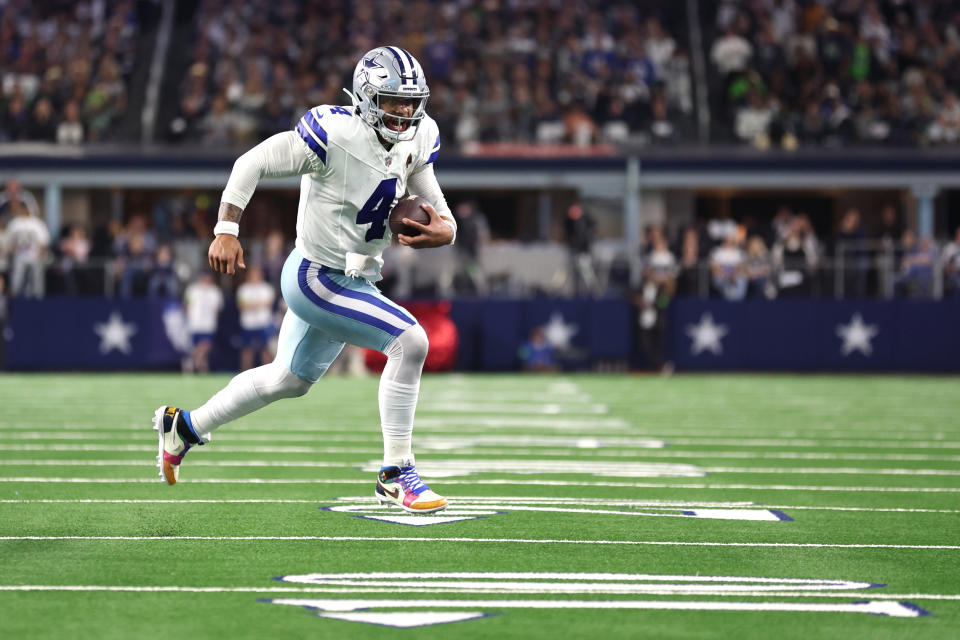
The Cowboys were successful on offense, but as good as they were, they could’ve been unstoppable if Prescott used his legs more. No one would confuse the Dallas signal caller with Baltimore Ravens quarterback Lamar Jackson, but Prescott does possess good mobility.
Calling more scheduled runs and using Prescott’s legs more have always been the key to unlocking the offense. The Cowboys didn’t use the designed runs with their QB enough, but when he did, they consistently moved the ball. The more Prescott scrambled to keep drives alive, the better the offense looked.
One of the ways Dallas could’ve unlocked a better red-zone offense was with Prescott’s legs, something that was shown in the game against the Los Angeles Chargers on a 4th-and-1 play.
#Cowboys QB Dak Prescott runs it in for a 18-Yard Touchdown. To tie up the game against The #Chargers in LA#Cowboys– 7
1Q#Chargers– 7
— SportsCastProductions (@SportsCastProd0) October 17, 2023
With how the offense struggled to run the battle traditionally, if McCarthy used Prescott more in the running game, it could’ve added another level to an already potent offense. It also might have opened up the running game and had defenses accounting for Prescott, taking away a defender from stopping the run.
The veteran QB said during the year that he realized using his legs were a big part of the offense and he needed to do it more. Prescott scrambled more as the season went on, but there still wasn’t enough play calls to use his legs as part of the offense.
They should've different personnel on special teams
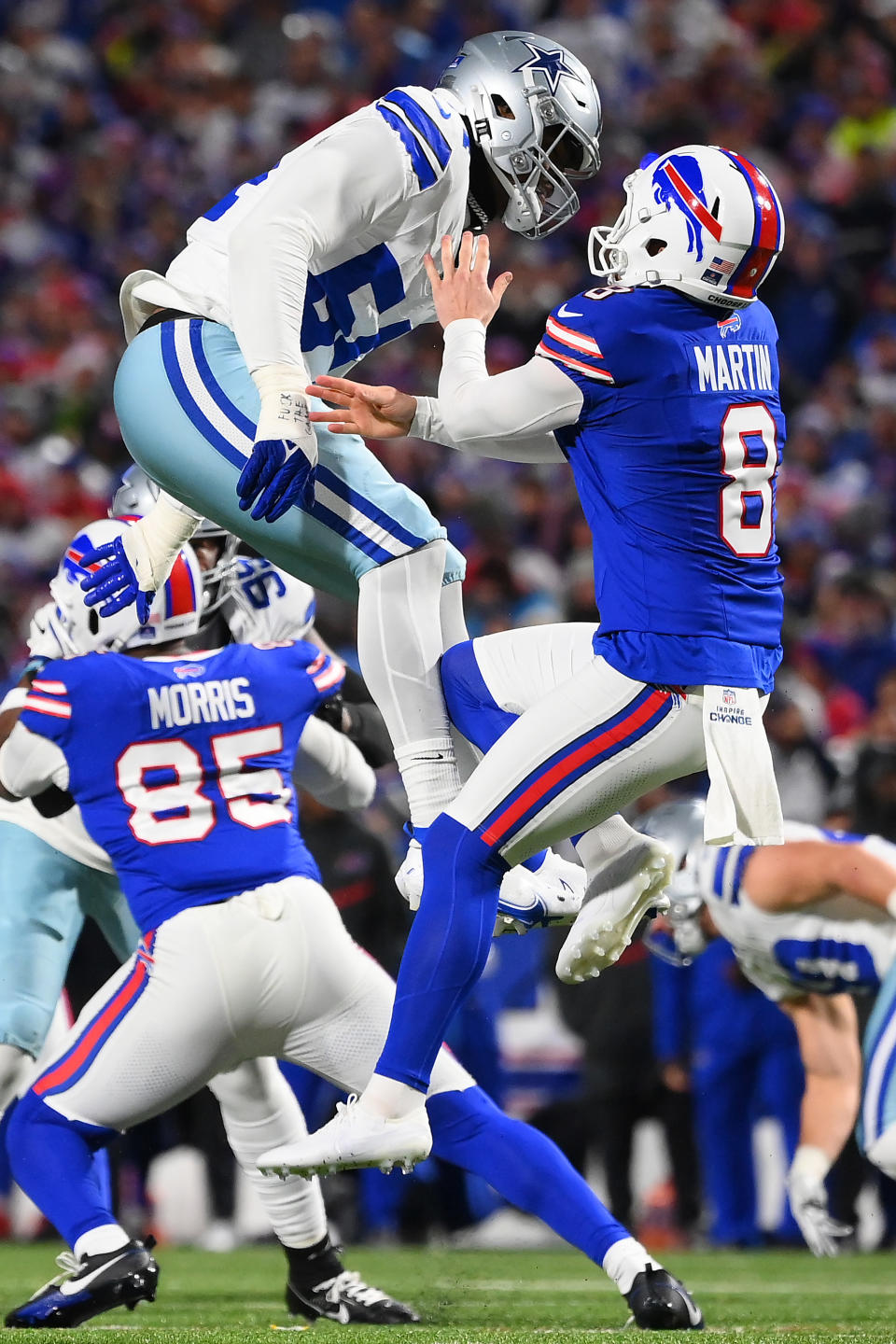
John Fassel is one of the best special teams coaches in the league, but he had a rough year with his punt personnel. Injuries forced some of his hand, but using wide receiver Jalen Tolbert as a gunner was a problem.
The Cowboys allowed two fake punts to succeed against them because Tolbert was bailing out and left his man uncovered for the first down. The second-year WR also tried to recover a fumble on a punt that he didn’t need to fall on since returner Kavontae Turpin never touched the ball. That lack of awareness might have been the first clue that Tolbert shouldn’t have been on the unit.
Another second-year player, defensive end Sam Williams, also was a special teams killer. Williams did block a punt on the year, but he also had a few penalties on special teams that hurt the Cowboys.
The penalty from Williams in the wild-card loss to the Green Bay Packers was the latest example of how Fassel’s personnel on special teams was an issue. At some point, the Cowboys needed to find more suitable players to fill those roles, but it never happened.

